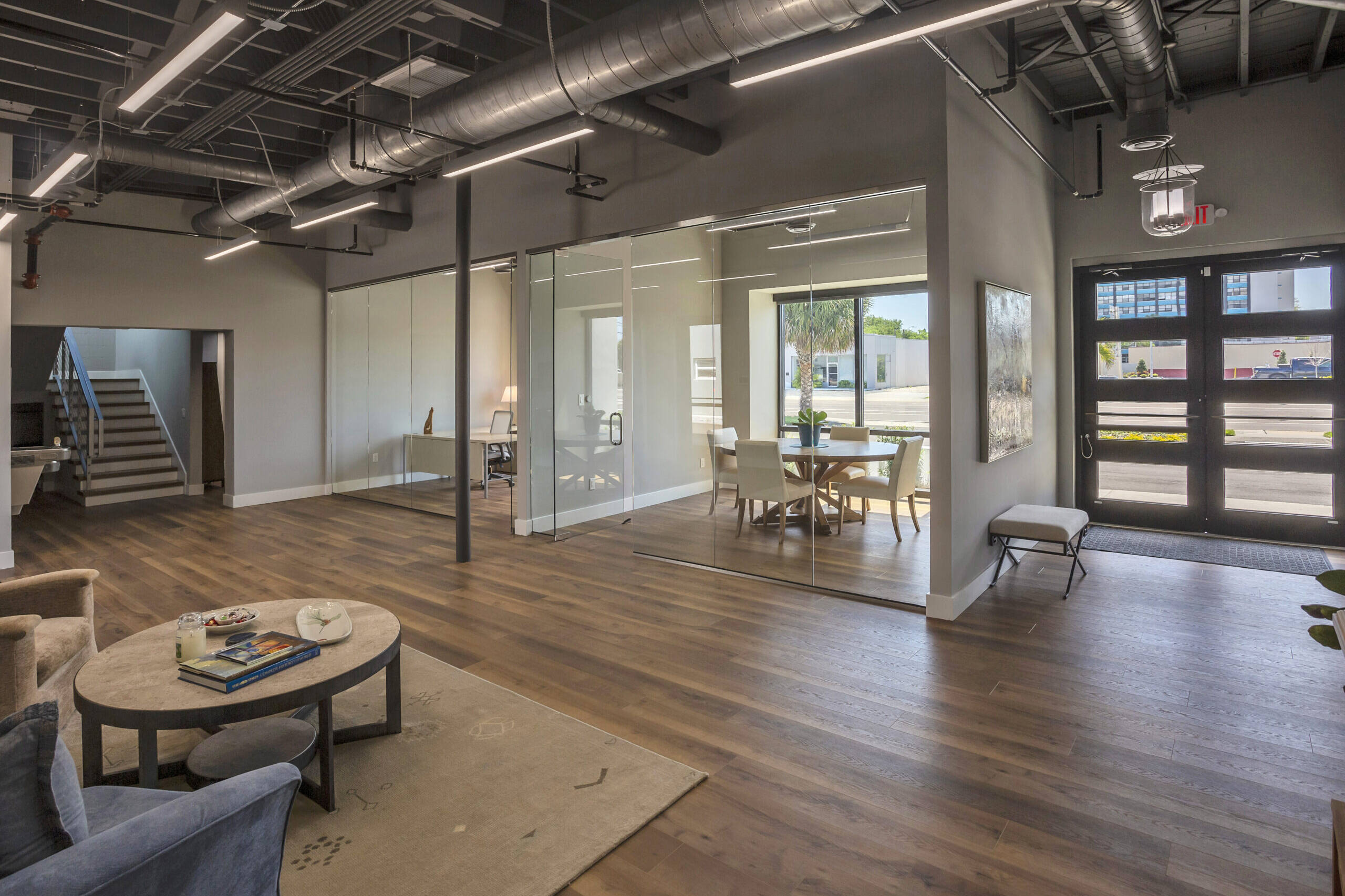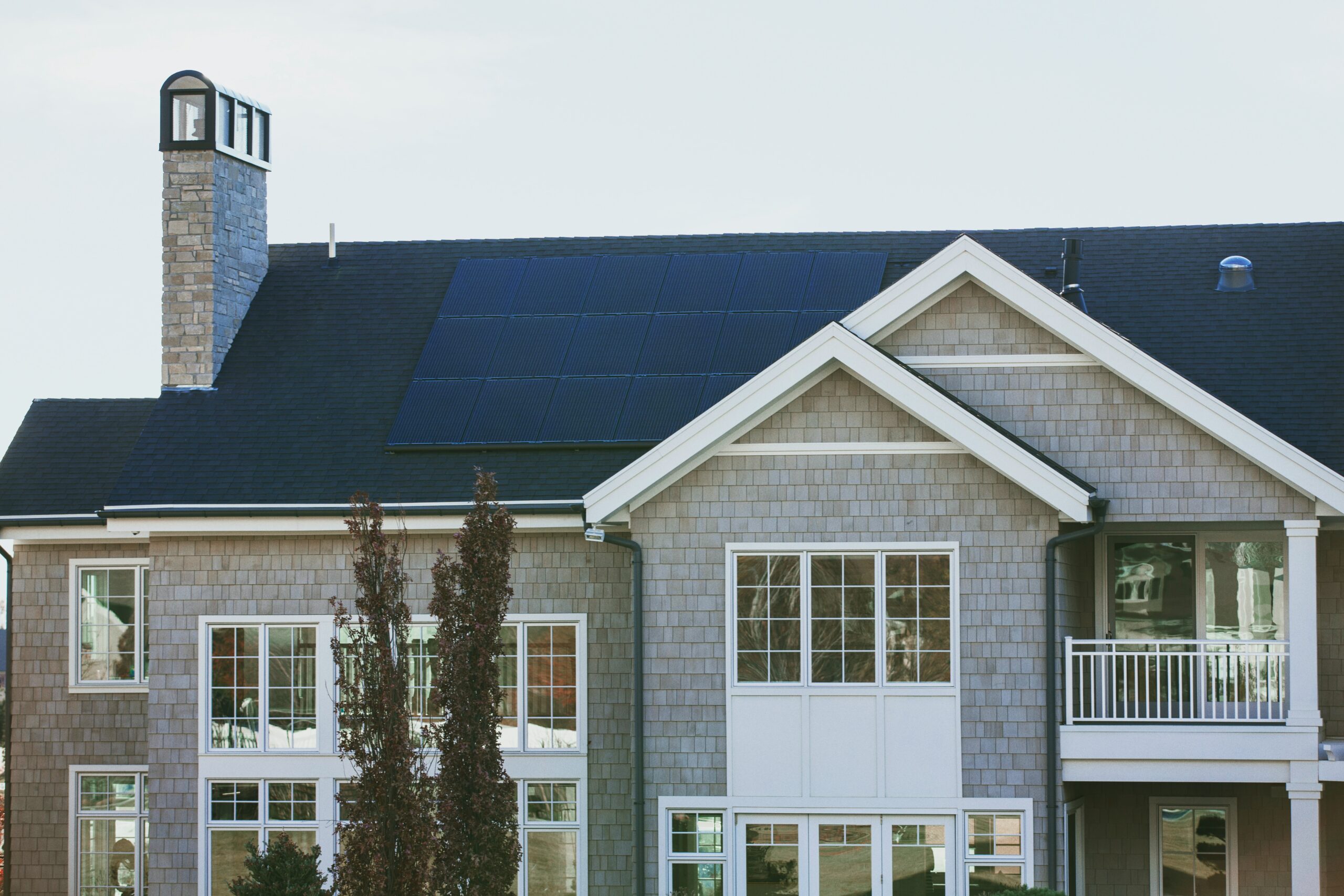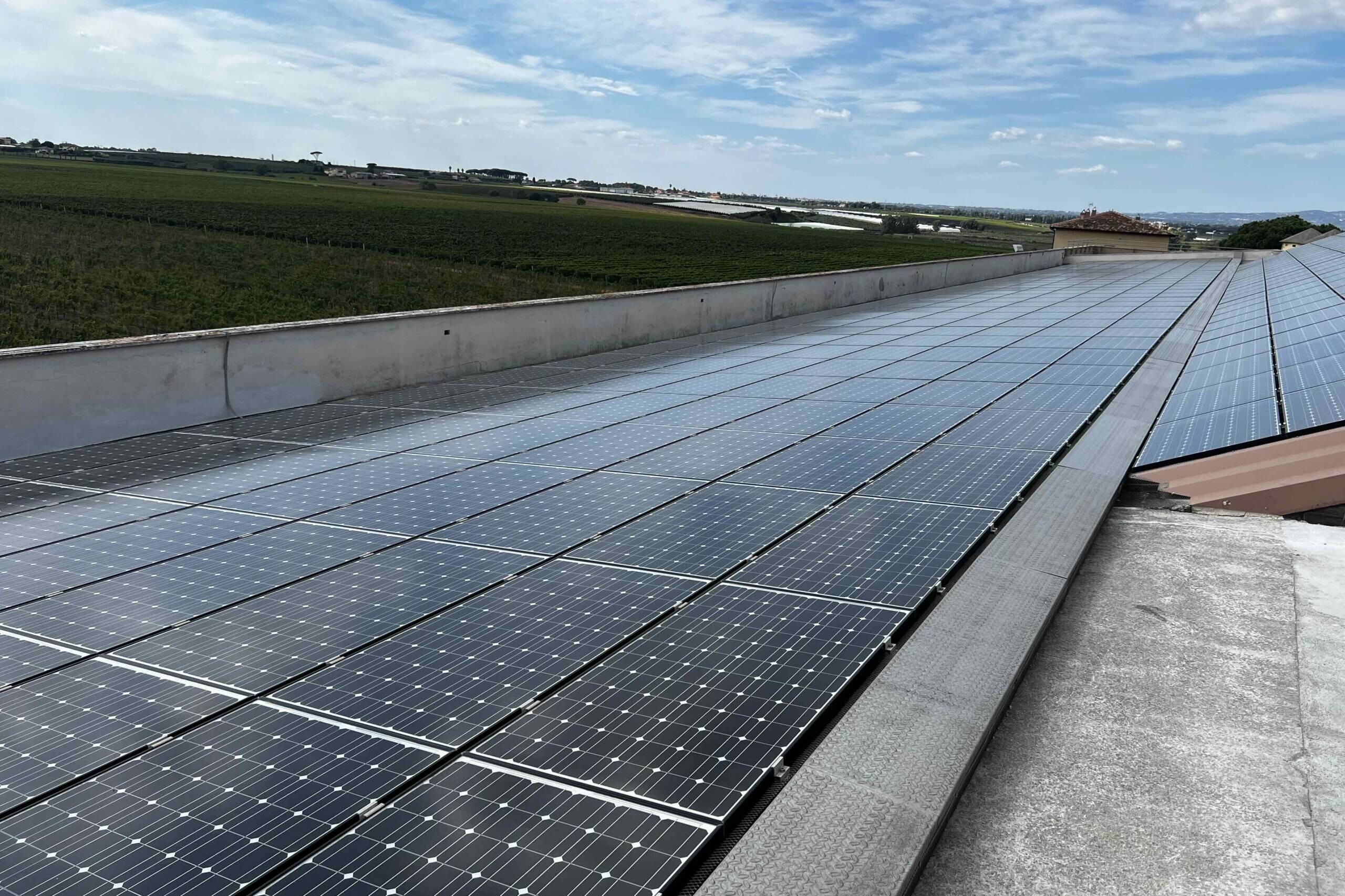Chapter 6: Shaping the Future with Retrofitting Innovations
The world of retrofitting is evolving rapidly, driven by the urgent need for sustainable and resilient buildings. As we look ahead, several exciting trends and innovations promise to revolutionize how we upgrade existing structures. Let’s take a closer look at these game-changing developments.
1. Smart Technology Takes the Lead: Imagine buildings that save energy and adapt to your lifestyle. That’s the promise of smart technology in retrofitting. Smart thermostats learn your schedule and adjust your home’s temperature for optimal comfort and energy savings. Energy monitoring systems give you a real-time look at how much energy your building uses, helping you find new ways to save. This is about creating buildings that think for themselves, ensuring they’re efficient, comfortable, and responsive.
2. Net-Zero Retrofits: A New Standard: The dream of buildings that produce as much energy as they consume is becoming a reality. Net-zero retrofits achieve this balance by combining renewable energy sources like solar panels and wind turbines with upgrades that slash energy use, such as better insulation and high-efficiency heating and cooling systems. This approach lowers utility bills and is a major step toward cutting carbon emissions and fighting climate change.
3. Building for Resilience: As extreme weather becomes more common, retrofitting for resilience is more important than ever. This means making buildings stronger and more adaptable to withstand everything from hurricanes to heat waves. It could involve structural reinforcements, smarter material choices, or backup systems to keep lights on during power outages. By preparing for the worst, we can keep people safer and minimize disruptions in our daily lives.
4. Green Materials: The Sustainable Choice: Choosing the right materials can significantly reduce the environmental footprint of a retrofit. Today, there’s a growing trend toward materials that are less harmful to the planet and healthier for those living or working in the buildings. This includes everything from insulation made from recycled materials to paints that release fewer chemicals into the air. By selecting these green materials, we’re not just building for today but investing in a healthier, more sustainable future.
The future of retrofitting is about more than just updating old buildings; it’s about reimagining them for a better tomorrow. With smart technologies, the pursuit of net-zero energy, resilience planning, and sustainable materials, we have the tools to transform existing structures into models of efficiency and sustainability. This new era of retrofitting is not only exciting but essential as we strive to create a more sustainable and resilient world.
Further information to explore:
- Smart Technology in Retrofitting: U.S. Department of Energy’s Smart Energy Analytics Campaign page (https://www.energy.gov/sites/default/files/2019/05/f62/bto-peer%E2%80%932019-lbnl-smart-energy-analytics-campaign.pdf) offers insights into how smart technology is used in buildings to improve energy efficiency. This resource provides a governmental perspective on the adoption and benefits of smart technologies in retrofitting efforts.
- Net-Zero Retrofits: The World Green Building Council’s page on Net Zero Carbon Buildings Commitment (https://www.worldgbc.org/thecommitment) details efforts and strategies to make all buildings net-zero carbon by 2050. This provides an international viewpoint on the importance of net-zero retrofits and the global movement towards achieving this standard.
- Building for Resilience: The Resilient Design Institute (https://www.resilientdesign.org) focuses on strategies to make buildings and communities more resilient to climate change and natural disasters.
- Green Materials for Retrofitting: The Sustainable Materials Management page from the Environmental Protection Agency (EPA) (https://www.epa.gov/smm) explores how materials can be chosen and managed to reduce environmental impact. This resource can deepen readers’ understanding of sustainable material choices in retrofitting projects.
- General Retrofitting Innovations and Trends: The Retrofitting section of the Green Building Advisor (https://www.greenbuildingadvisor.com/green-basics) offers many articles on innovative retrofitting projects, techniques, and materials. This is a comprehensive resource if you want detailed examples and expert advice on retrofitting.
Greg Totten
CGC 1529916 · LEED AP BD+C
(727)-386-9480
Share
Related Posts
February 11, 2024
Navigating the Challenges of Retrofitting: From Planning to Execution
Chapter 5: Navigating the Challenges of Retrofitting: From Planning to…




